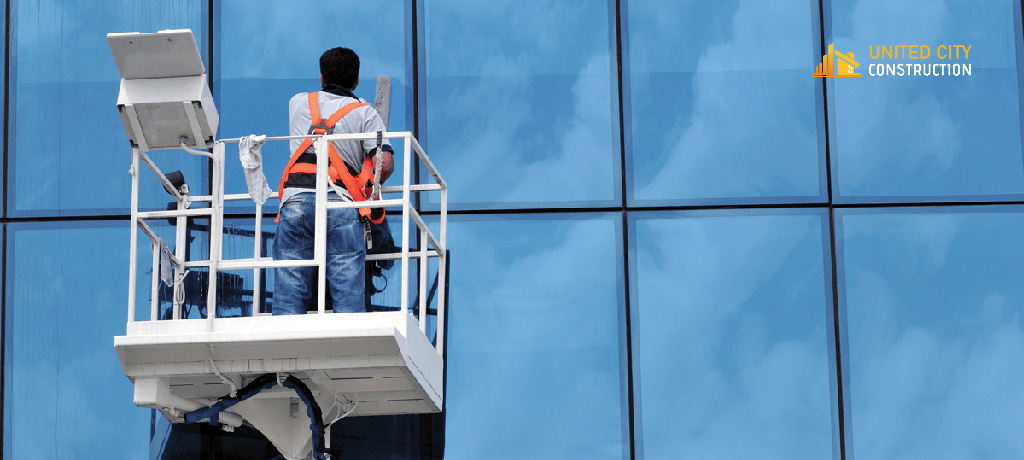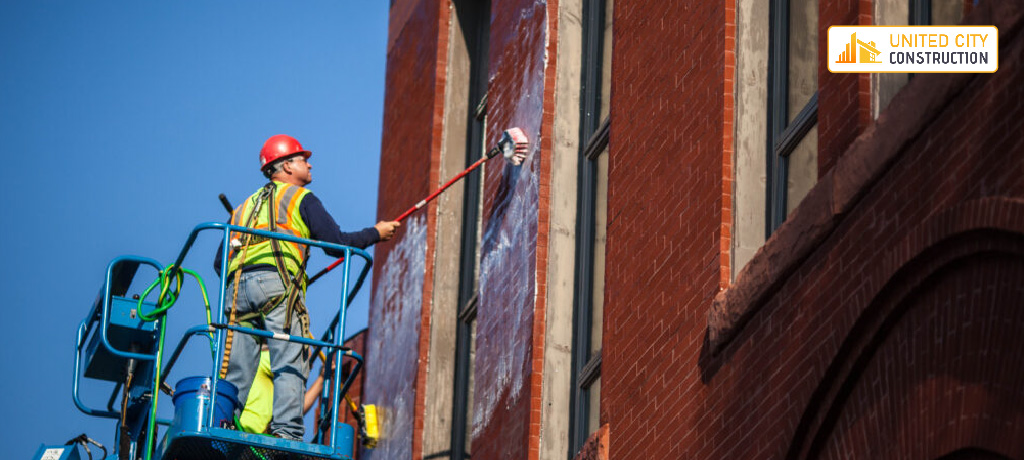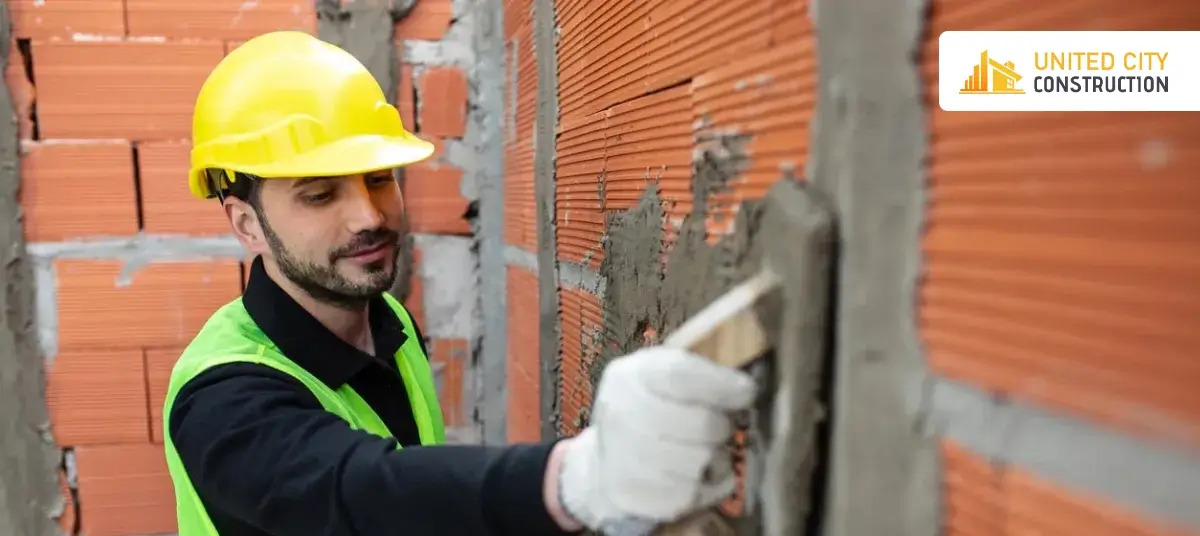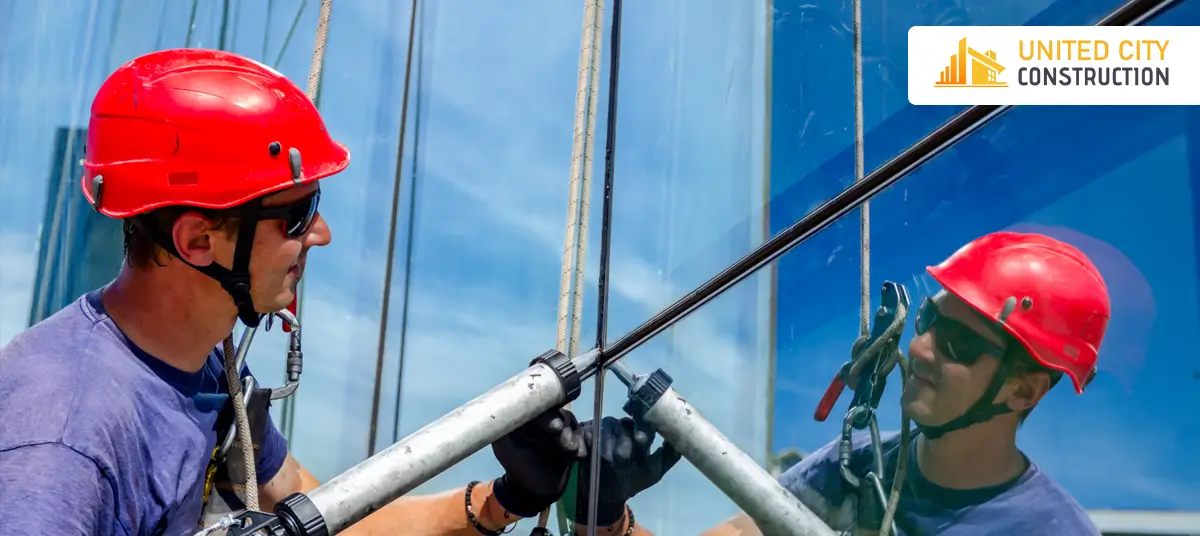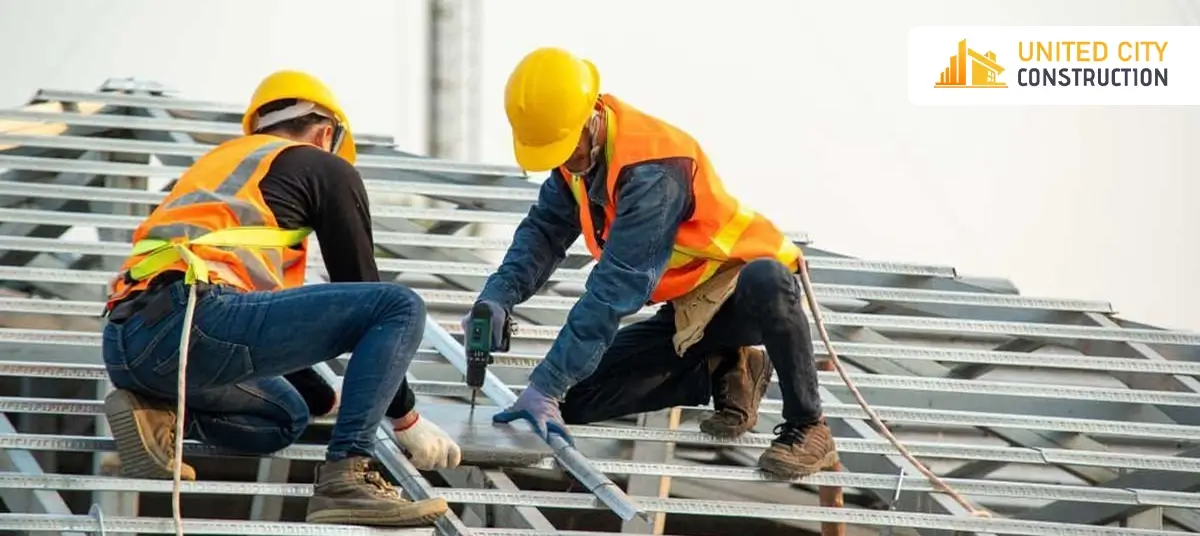Dangers of Water Leakage and Prevention Strategies
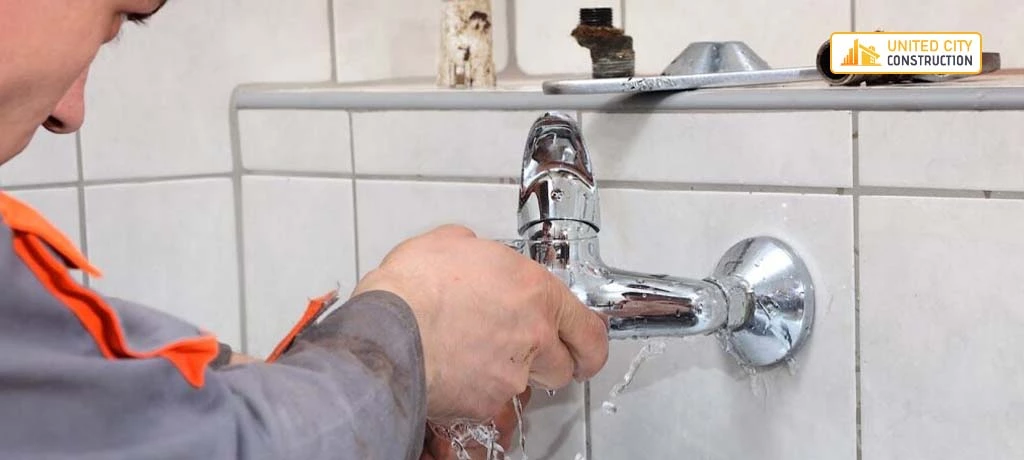
Water leakage in homes poses a significant and often underestimated threat, potentially wreaking havoc on a residence's structural integrity and its inhabitants' well-being. Defined by the unwanted water entry into living spaces, the dangers associated with water leakage extend far beyond the apparent surface damage. This article will delve into the multifaceted aspects of water leakage, exploring the common causes, immediate and long-term consequences, and crucial prevention strategies. As we navigate through the various dimensions of this issue, the goal is to illuminate the significance of prompt action and sustained vigilance in safeguarding homes against the perils of water leakage.
Common Causes of Water Leakage
Water leakage in homes can stem from various sources, from everyday household issues to unexpected events. Understanding these common causes is essential for homeowners to identify and address potential vulnerabilities, protecting their property from water-related damage.
Plumbing Issues
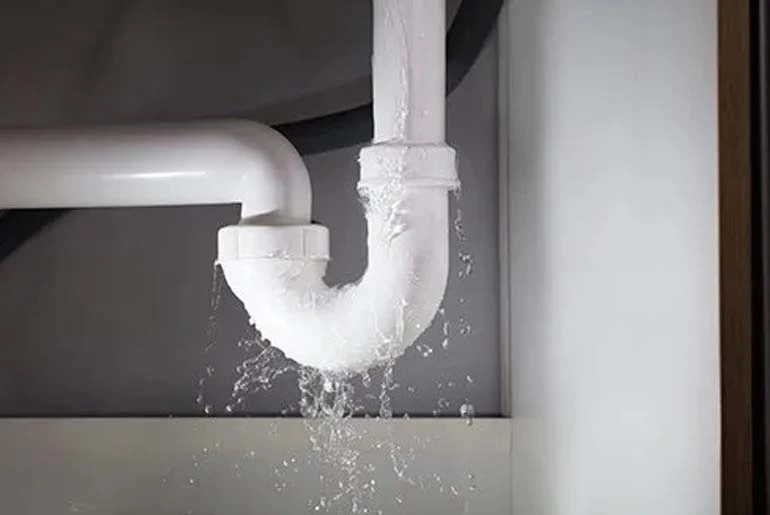
- Sudden changes in temperature, corrosion, or high water pressure can cause pipes to burst, leading to significant water leakage.
- Worn-out seals or faulty fixtures can result in persistent, slow leaks, contributing to water damage over time.
Weather-Related Incidents
- Heavy rainfall, rapid snowmelt, or storms can overwhelm drainage systems, causing water to enter homes and create extensive damage.
- Damaged roofs, compromised siding, or broken windows during storms can allow water to infiltrate the home.
Appliance Malfunctions
- Aging water heaters or faulty components may lead to leaks, potentially causing extensive damage, mainly if the water heater is confined.
- Broken hoses or malfunctioning components in washing machines can result in water spills, affecting nearby areas.
Roof Leaks
- Missing or damaged shingles deteriorated flashing, or compromised seals around vents can permit water to seep into the attic and interior spaces.
Foundation and Structural Issues
- Settlement, soil movement, or structural shifts can create cracks in the foundation, allowing water to infiltrate the home.
- Clogged or improperly functioning gutters can lead to water overflow, causing water to pool near the foundation and enter the home.
Signs and Detection of Water Leakage
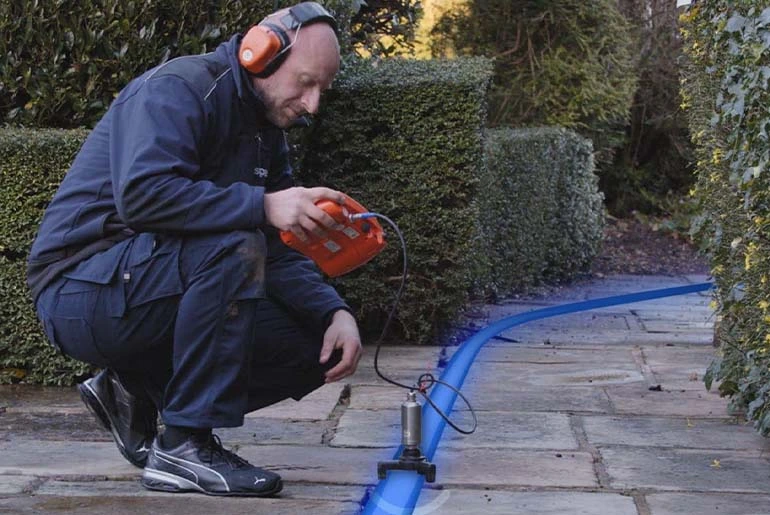
Early water leakage detection is critical for homeowners to prevent extensive damage and costly repairs. Recognizing the signs of water leakage allows for prompt action, minimizing the impact on the home's structure and its occupants' well-being.
Visible Signs
- Water leakage often leaves visible stains on walls, ceilings, or floors. Discoloration may indicate ongoing water intrusion.
- Moisture can cause paint and wallpaper to peel or bubble, signaling potential water issues.
- Building materials like wood or drywall may swell or warp when exposed to water, indicating active leakage.
Unusual Odors
- The mold or mildew often accompanies water damage and can produce a distinctive musty odor. Unexplained odors may signify hidden water leakage.
Abnormal Water Bills
- A noticeable spike in water bills without a corresponding increase in usage could indicate a hidden leak. Monitoring water consumption can help identify potential issues.
Use of Technology
- Installing water leak detectors in areas prone to leakage, such as basements or near water heaters, can provide early warnings by detecting moisture and triggering alarms.
- Professional-grade moisture meters can measure the moisture content in building materials, helping identify hidden leaks and potential water damage.
Mold Growth
- Mold on walls, ceilings, or other surfaces indicates prolonged moisture exposure. Mold requires water to thrive, indicating an underlying issue.
- Even if not visually apparent, the smell of mold or mildew may indicate hidden water damage.
Prevention and Mitigation Strategies
Preventing water leakage and mitigating its potential consequences require proactive measures, regular maintenance, and preparedness. Here are key strategies to help homeowners safeguard their homes against water damage.
Regular Maintenance
- Regularly inspect plumbing systems, checking for leaks, loose fittings, and any signs of corrosion. Address issues promptly to prevent further damage.
- Regularly inspect the roof for missing or damaged shingles and check window seals for signs of wear. Addressing these issues can prevent water intrusion during storms.
Adequate Insulation
- Ensure pipes, especially those in unheated areas, are adequately insulated to prevent freezing and potential bursts during cold weather.
- Proper insulation of walls and ceilings can reduce condensation, minimizing the risk of water damage caused by moisture buildup.
Early Detection Systems
- Install water leak detectors in vulnerable areas, such as basements, near water heaters, or under sinks. These devices can provide early warnings by detecting moisture and triggering alarms.
- Utilize smart home technology that allows for remote monitoring of water usage and alerts for abnormal consumption, providing homeowners with real-time information.
Prompt Repairs
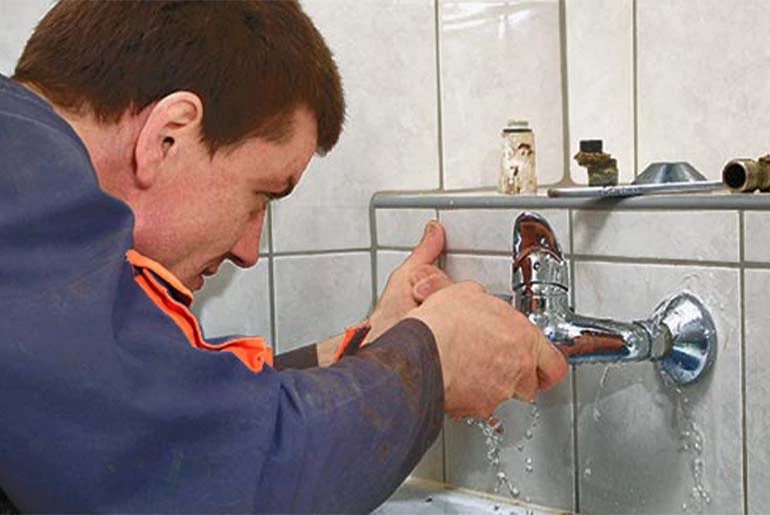
- Promptly Address any signs of water damage, such as stains, discoloration, or peeling paint. Swift action can prevent the escalation of problems.
- Schedule regular professional home inspections, including the roof, plumbing, and foundation, to catch potential issues early on.
Proper Landscaping
- Ensure the property has proper grading to direct water away from the foundation. Well-maintained gutters and downspouts can also prevent water pooling near the home.
- Position plants and trees away from the foundation to avoid root intrusion that can compromise structural integrity and lead to water leaks.
Emergency Response Plan
- Familiarize yourself with the location of the main water shut-off valves in case of a sudden leak. A quick response can minimize damage.
- In the event of significant water damage, seek professional assistance from water damage restoration companies and work closely with insurance adjusters.
Conclusion
In conclusion, the dangers of water leakage in homes underscore the importance of proactive measures, swift responses, and ongoing vigilance to safeguard property and residents. If left unchecked, water leakage can lead to a cascade of consequences, from immediate structural damage to long-term health hazards and financial burdens. Understanding the common causes, signs, and detection methods empowers homeowners to take preventative action. Regular maintenance, inspections, and technology, such as water leak detectors, contribute to early detection, allowing timely intervention before issues escalate. By prioritizing prevention and implementing these strategies, homeowners can protect their homes from the immediate dangers of water leakage and contribute to their living spaces' long-term resilience and well-being. Ultimately, awareness, preparedness, and proactive maintenance are vital in mitigating the risks of water damage in homes.
Choose United City Construction for a Watertight Future. Contact us today for comprehensive solutions, from expert inspections to preventative measures and swift emergency response. Don't let water leakage compromise your home—secure it with United City Construction and enjoy peace of mind for years.


